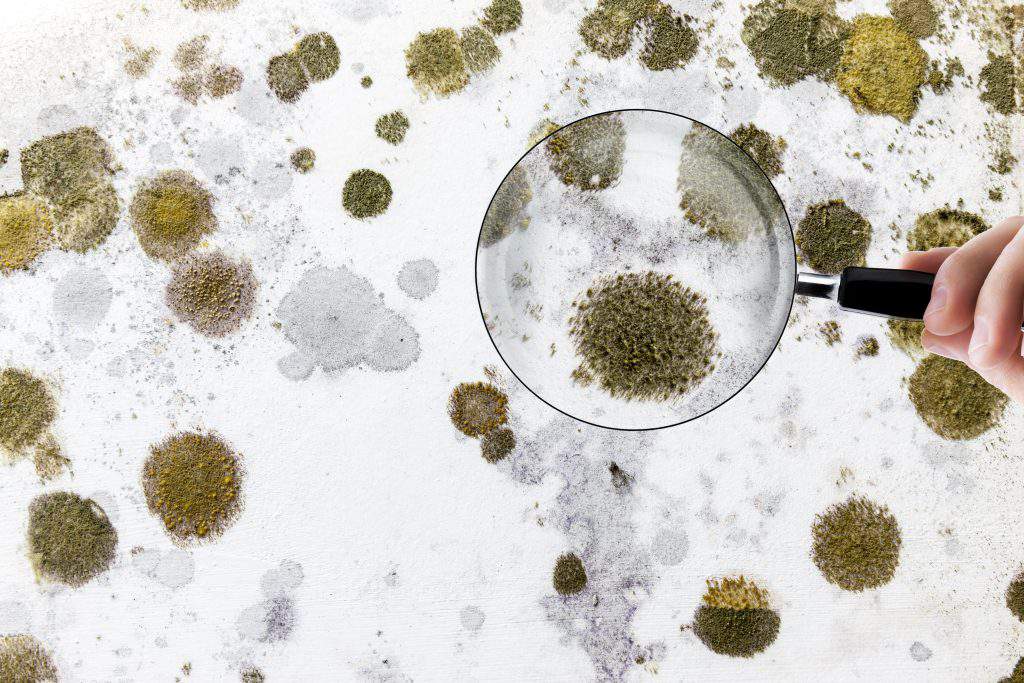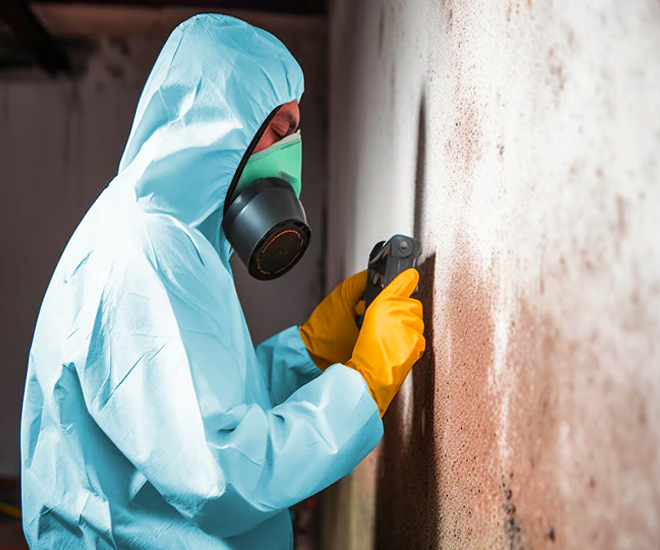Professional Tips for Message Mold And Mildew Removal Success
In the world of mold remediation, efficiently eliminating mold is only half the battle; the true obstacle exists in avoiding its reappearance. By sticking to experienced pointers and finest methods, individuals can protect their spaces versus mold revival and maintain a healthy indoor atmosphere.
Monitor Moisture Levels On A Regular Basis
After finishing mold removal treatments, preserving ideal moisture degrees is vital to avoid mold and mildew re-growth and make certain a healthy interior setting. High moisture degrees above 60% produce a favorable environment for mold and mildew to flourish, making routine keeping an eye on an aggressive step to stop any kind of future mold problems.
Additionally, establishing a routine timetable for humidity checks, specifically in risky areas such as shower rooms, kitchen areas, and cellars, is an aggressive method to mold avoidance. By regularly keeping an eye on humidity degrees, property owners can successfully reduce the threat of mold reoccurrence and keep a healthy and balanced interior setting post-remediation.
Conduct Thorough Inspections Post-Remediation
Following the completion of mold and mildew remediation procedures, it is important to perform detailed assessments to confirm the effectiveness of the remediation procedure. These post-remediation evaluations are essential in making certain that the mold problem has actually been successfully attended to which there is no reoccurrence or remaining mold development. Inspections need to be performed by certified professionals that have competence in recognizing mold and evaluating indoor air high quality.
Throughout these examinations, numerous approaches such as visual assessments, air sampling, and surface tasting may be employed to thoroughly evaluate the remediated locations. Aesthetic evaluations entail a thorough examination of the premises to look for any kind of noticeable indicators of mold and mildew development or water damages. Air sampling helps in identifying the airborne mold spore levels, while surface area tasting can spot mold particles on surfaces.
Implement Appropriate Ventilation Techniques
After making sure the efficiency of the mold and mildew remediation procedure through comprehensive inspections, the next important action is to concentrate on executing correct ventilation approaches. Sufficient air flow is essential in protecting against mold reoccurrence by managing dampness degrees and advertising air blood circulation.
Appropriate ventilation not only aids in avoiding mold and mildew growth yet also adds to the overall health and wellness and convenience of passengers. By making certain sufficient ventilation throughout the residential property, you can minimize the threat of mold regrowth and produce a healthier living setting.

Usage Mold-Resistant Products for Fixes
To improve the long-term performance of mold removal efforts, including mold-resistant products for repair services is important in reducing the threat of future mold growth. Mold-resistant materials are created to endure moisture and hinder mold development, making them a vital selection for locations prone to dampness and humidity. When fixing areas influenced by mold, making use of products such as mold-resistant drywall, mold-resistant paints, and mold-resistant caulking can help stop mold and mildew reoccurrence.
Mold-resistant drywall is an exceptional choice to conventional drywall in mold removal canyon country locations like restrooms and basements where wetness degrees are greater. This kind of drywall has an unique covering that withstands mold growth also when revealed to damp problems. Additionally, using mold-resistant paints including antimicrobial representatives can mold removal from carpet better hinder mold and mildew growth on ceilings and walls.
In areas where moisture is common, such as shower rooms and kitchen areas, making use of mold-resistant caulking around sinks, home windows, and tubs can help seal out water and stop mold and mildew from taking hold in fractures and crevices. By buying these mold-resistant products during repair work post-remediation, you can substantially lower the chance of future mold and mildew problems and maintain a healthier interior atmosphere.
Maintain Cleanliness and Address Water Issues
After mold and mildew removal, it is crucial to preserve a clean atmosphere to protect against the regrowth of mold. Leaks, water intrusion, or high moisture levels can produce the best breeding ground for mold, so it is critical to repair any type of water-related problems immediately.
To keep cleanliness, take into consideration utilizing HEPA filters in vacuum cleaners and air cleansers to catch mold spores and avoid their blood circulation airborne. Ensuring appropriate ventilation in areas susceptible see this website to moisture build-up, such as washrooms and cooking areas, can assist keep humidity degrees in check. By remaining attentive regarding tidiness and dealing with water concerns promptly, you can properly protect against mold and mildew reinfestation and keep a healthy and balanced indoor environment.
Verdict

In the realm of mold remediation, efficiently removing mold and mildew is only half the battle; the real obstacle lies in preventing its reappearance. After finishing mold remediation procedures, maintaining ideal moisture degrees is critical to protect against mold re-growth and guarantee a healthy and balanced indoor environment. High moisture levels over 60% produce a conducive setting for mold and mildew to grow, making routine monitoring a proactive step to avoid any future mold issues.
To improve the long-term performance of mold and mildew remediation initiatives, including mold-resistant products for repairs is important in minimizing the risk of future mold growth. After mold and mildew remediation, it is vital to maintain a clean atmosphere to avoid the regrowth of mold.